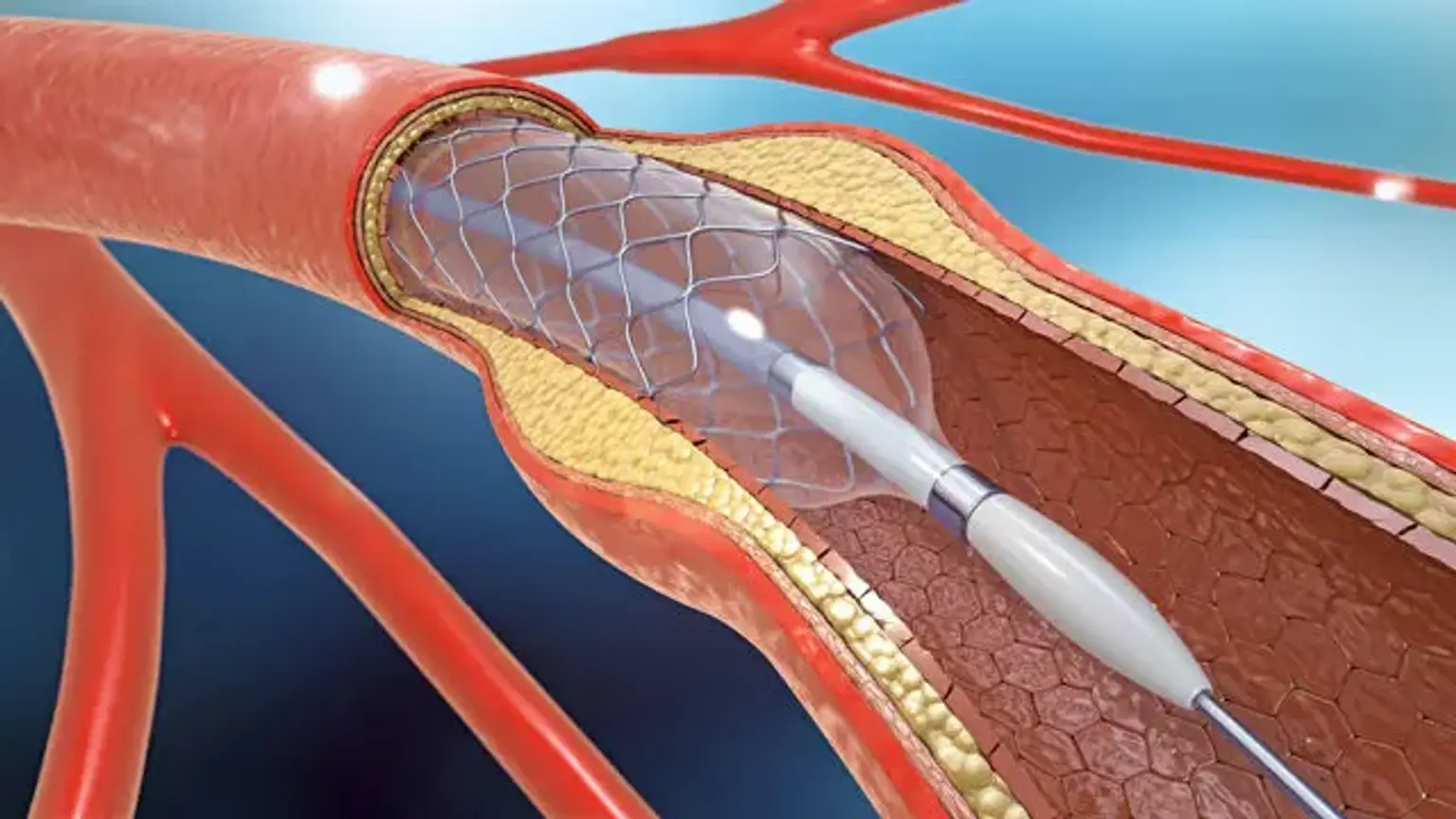Angioplasty
Angioplasty, also known as percutaneous coronary intervention, is a procedure to open up blocked heart arteries. It involves inserting a tiny balloon catheter into a clogged blood vessel to expand it and enhance blood flow within the heart.
Angioplasty is frequently performed along with the placement of a stent, a tiny tubal wire mesh. The stent keeps the artery open and reduces the chances of it closing again. The majority of stents have a medicine coating to maintain the artery open (drug-eluting stents). Occasionally, bare-metal stents are employed.
Angioplasty can help with symptoms like chest pain and shortness of breath due to clogged arteries. It’s also commonly done to open a blocked artery and lessen the extent of damage to the heart during a heart attack.
